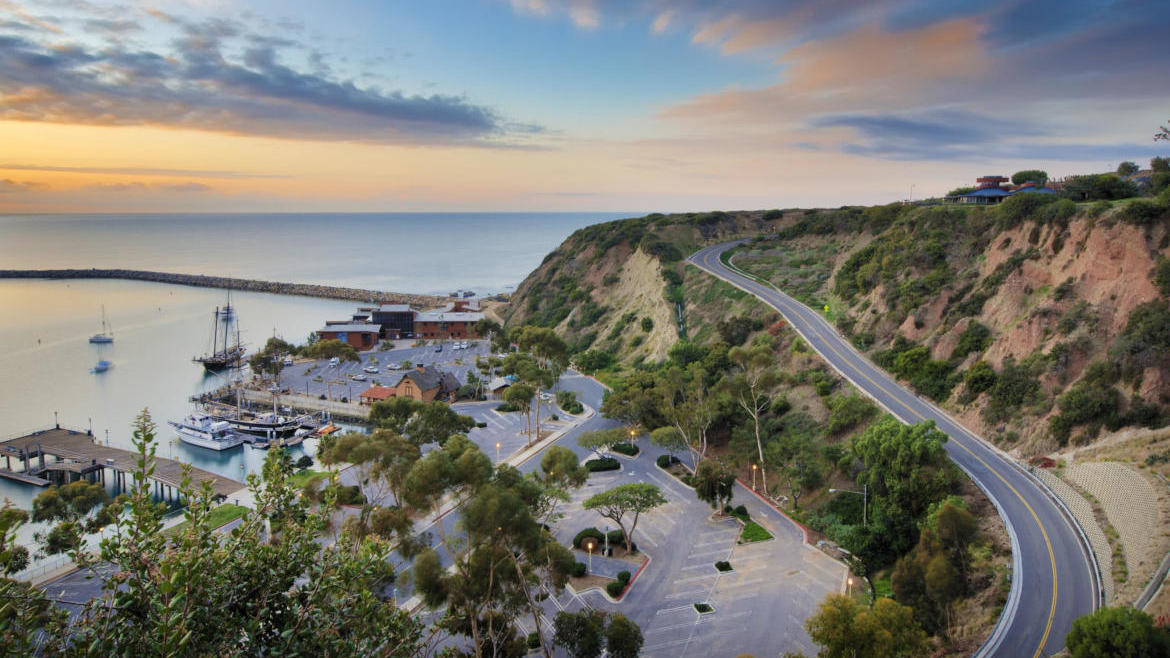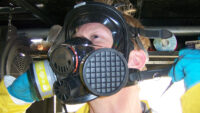Successful trap & treat application results in closure of southern California UST site

Photo by hmlCA on Getty Images.
After a thorough remedial design characterization was completed, BOS 200® was surgically injected to successfully achieve the site cleanup goals. A No Further Action was issued in April 2018.
Challenges and objectives for hydrocarbon remediation
The site is a former retail gasoline station and current convenience store. The primary challenge was maintaining a safe work environment at a highly trafficked project site. The objective of the remedial action was to meet the criteria of California’s Low Threat Underground Storage Tank closure policy. NAPL has not been reported to be present at the site since 2004.
Key dates
- Remedial Design Characterization – May 2016
- Implementation – October 2016
- No Further Action – April 2018
Treatment Area = 2,000 ft²
Lithology = Variable, silty sand to weathered granite
Depth to Water = 8 to 10 ft below ground surface (bgs)
Contaminants = Gasoline Range Hydrocarbons
Approach
- Five (5) RDC soil borings were advanced at the Site; 33 soil samples were submitted to the RPI Project Support Laboratory. Analyses were performed pro bono.
- Based upon the RDC results, a BOS 200® surgical remedy was designed.
- 7,650 lbs of BOS 200®, 750 lbs of gypsum, and 15 gal of bacteria concentrate were applied into 36 injection locations (7.5 ft injection point spacing). Reagent price = $42,800.
- All compliance wells were thoroughly redeveloped post injection.
Results
TVPH and Benzene concentrations in the five compliance wells were reduced 66.3 to 100% and 97.7-100% respectively. It is important to note that for most wells the concentrations decreased immediately (due to carbon adsorption), then gradually trended down to their current values (Figure 1). This gradual decrease is due to the biological degradation mechanism associated with BOS 200®. Pre and Post-injection Benzene isoconcentration plots are provided as Figures 2 and 3.

Elevated terminal electron acceptor concentrations persist 12 months post injection and will continue to fuel the degradation processes.



